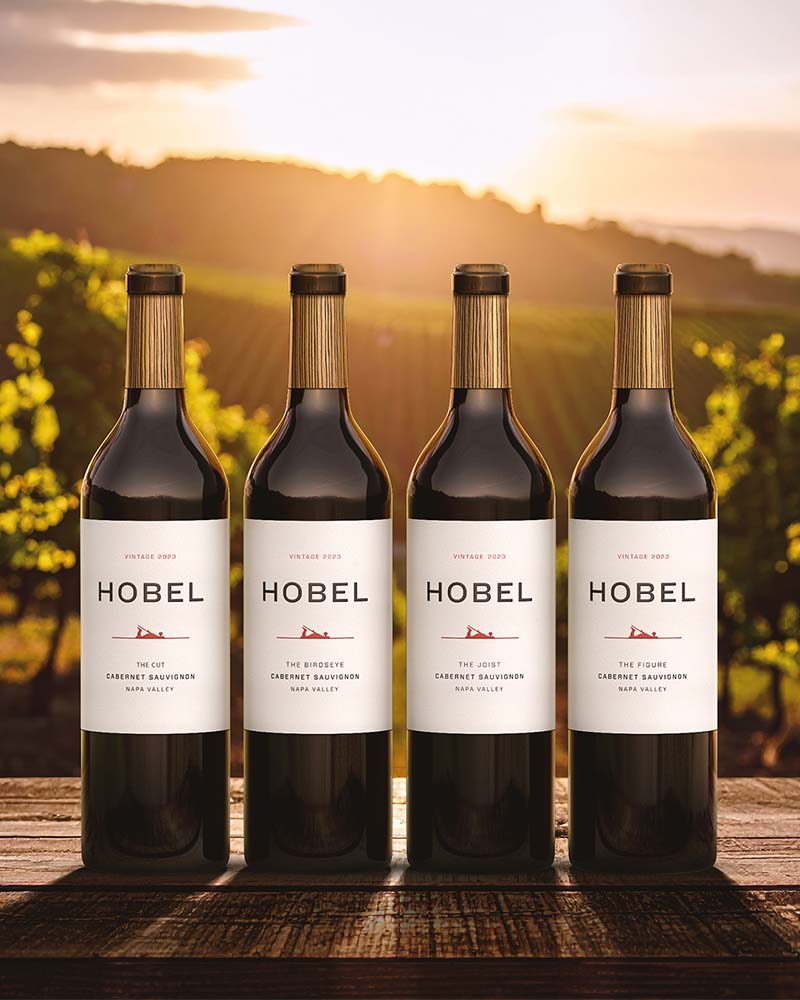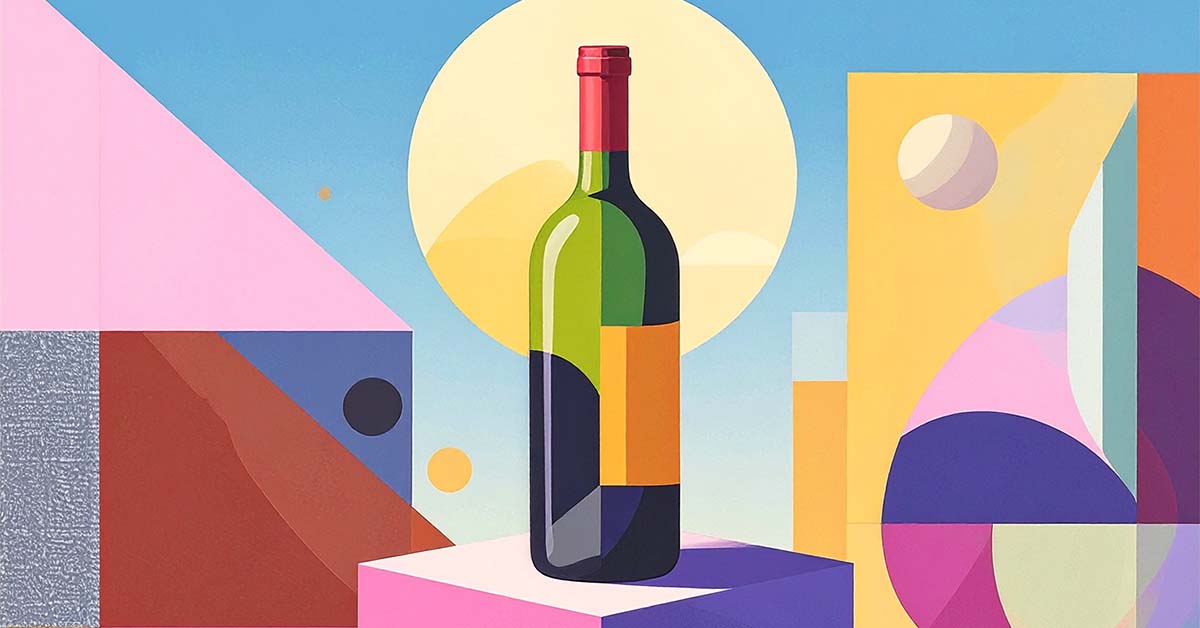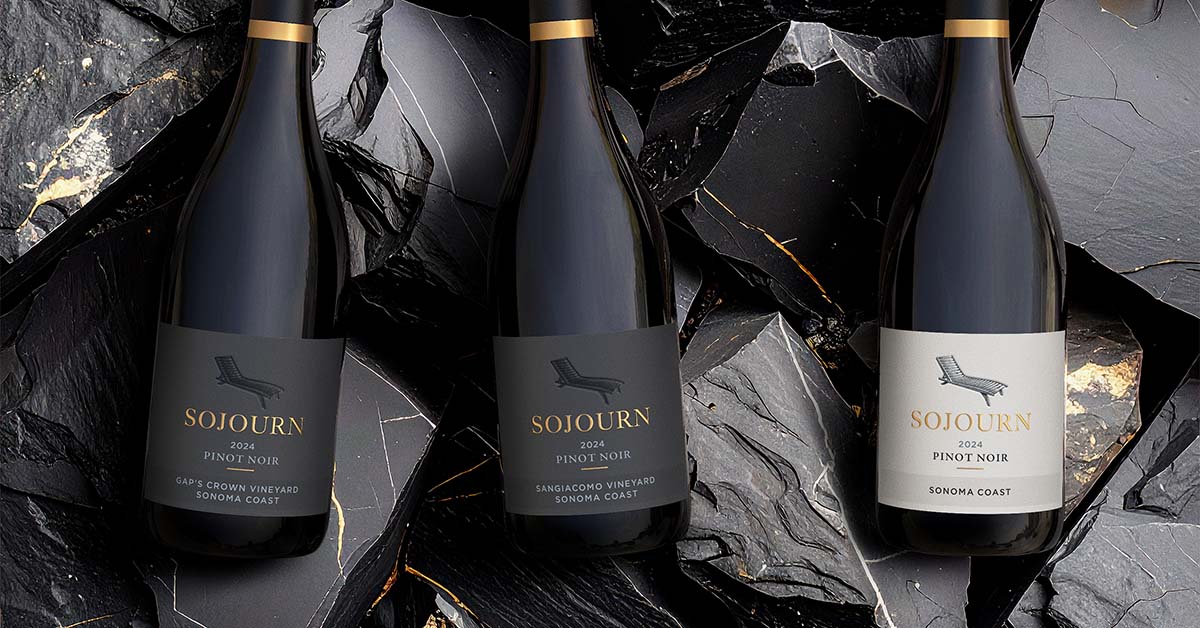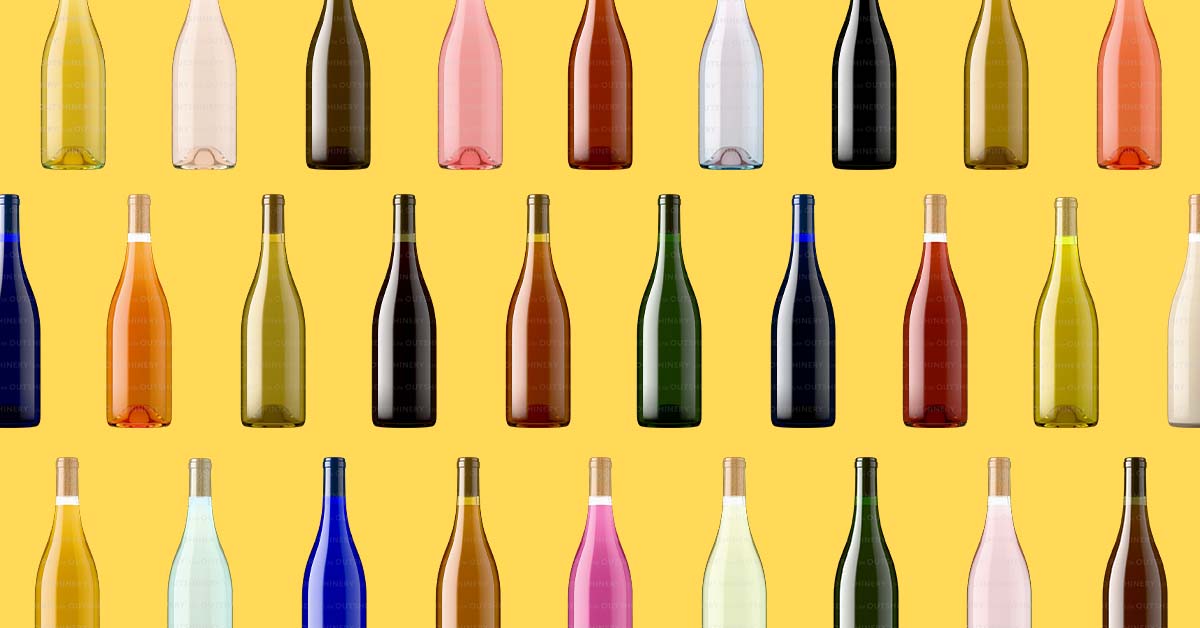Transform your winery marketing strategy beyond your website
From marketplaces to AI: a multi-channel playbook for small wineries
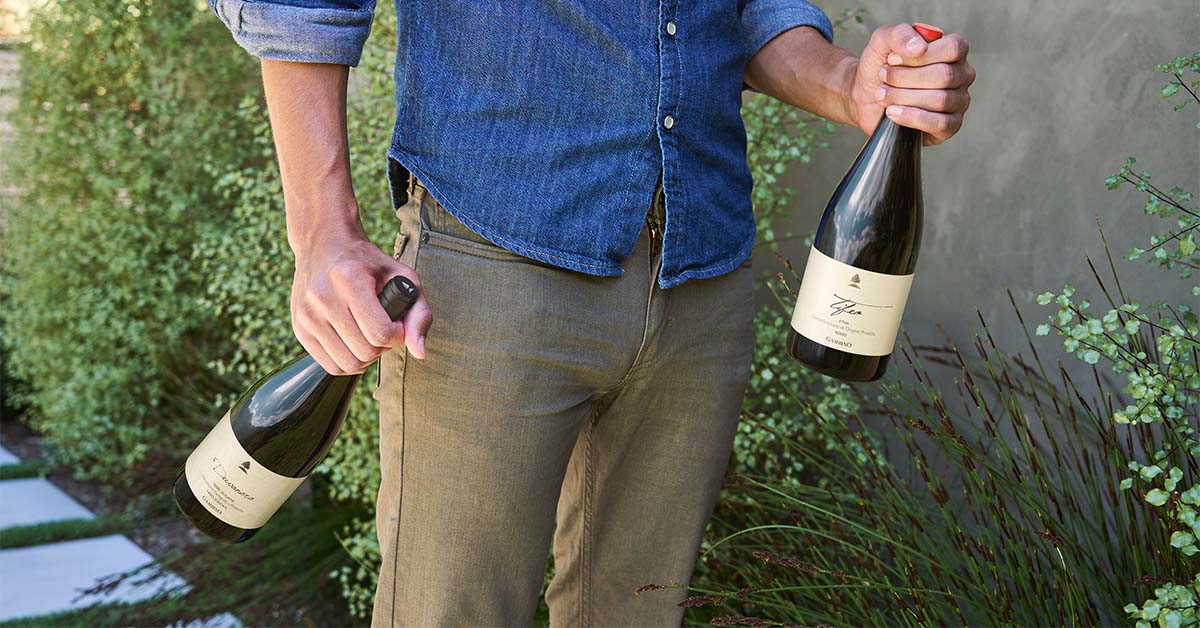
Expanding your winery’s marketing footprint beyond a static website and tasting room is no longer a luxury: it’s essential. In an era where consumers discover and purchase wine across diverse digital and physical touchpoints, adopting a multi‐channel approach can drive sales, build brand loyalty, and unlock new markets.
Here’s a step-by-step guide to elevate your winery marketing and maximize impact.
1. Build a solid foundation
Before diving into advanced tactics, master these three core pillars:
Email marketing as a revenue engine
- Segment your list by preferences, purchase history, and engagement level.
- Craft automated drip campaigns (welcome series, birthday offers, tasting-note follows) that feel personal and timely.
- Use clear, action-oriented CTAs (e.g., “Reserve Your Summer Case”) and A/B test subject lines for optimal open rates.
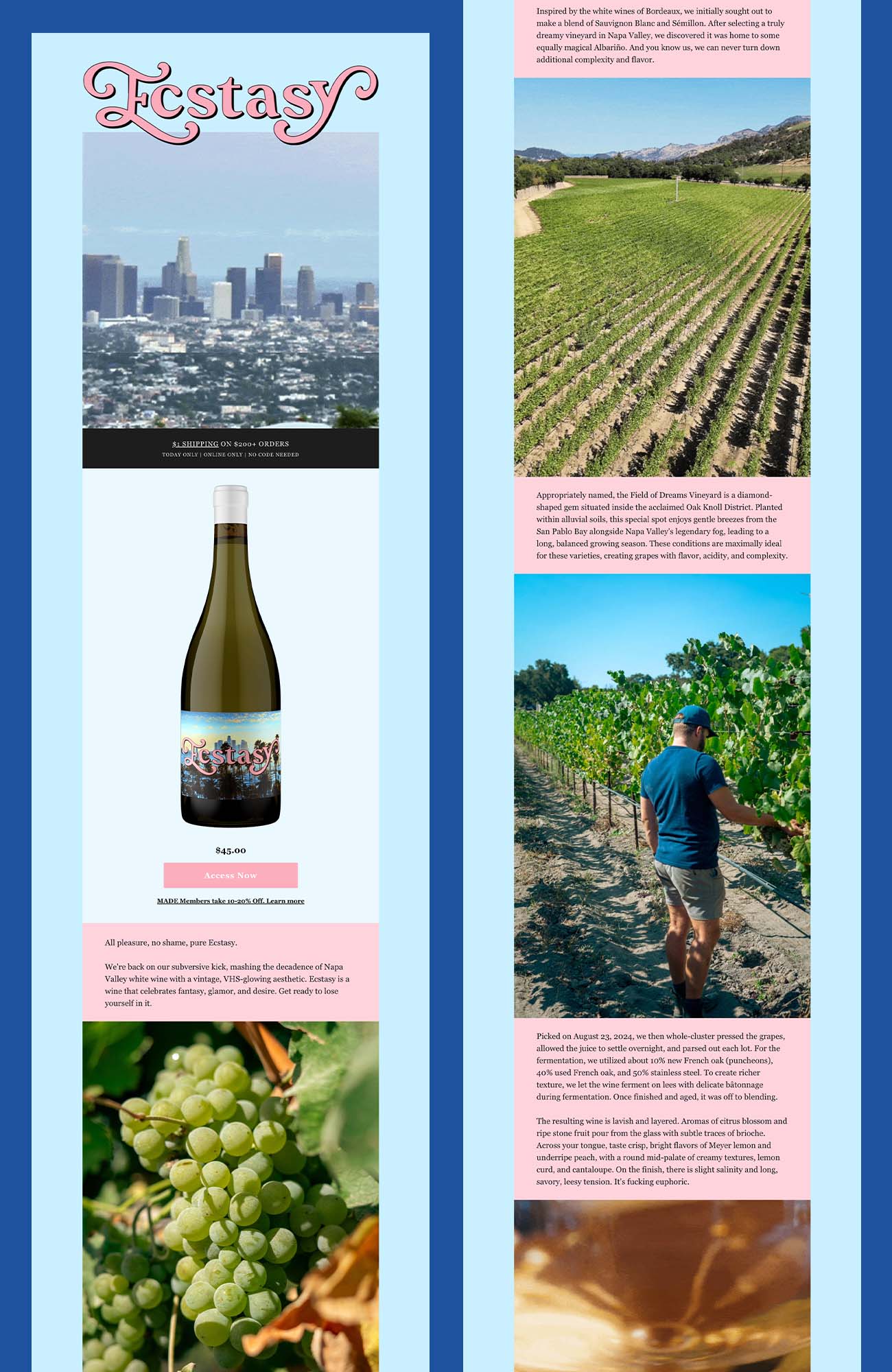
Website optimization for lead generation
- Ensure your site is mobile-friendly, fast, and secure (SSL enabled).
- Feature compelling calls-to-action above the fold—newsletter signups, virtual tasting reservations, and direct-to-consumer (DTC) offers.
- Implement on-site tracking (pixels, UTM codes) to feed data into your automation and ad platforms.
Targeted social advertising
- Move beyond boosted posts: develop lookalike audiences on Facebook and Instagram based on high-value customers.
- Test a mix of content formats: carousel ads for new releases, video snippets of vineyard tours, and dynamic product catalogs.
- Track cost per acquisition (CPA) and adjust budgets toward top-performing ad sets.
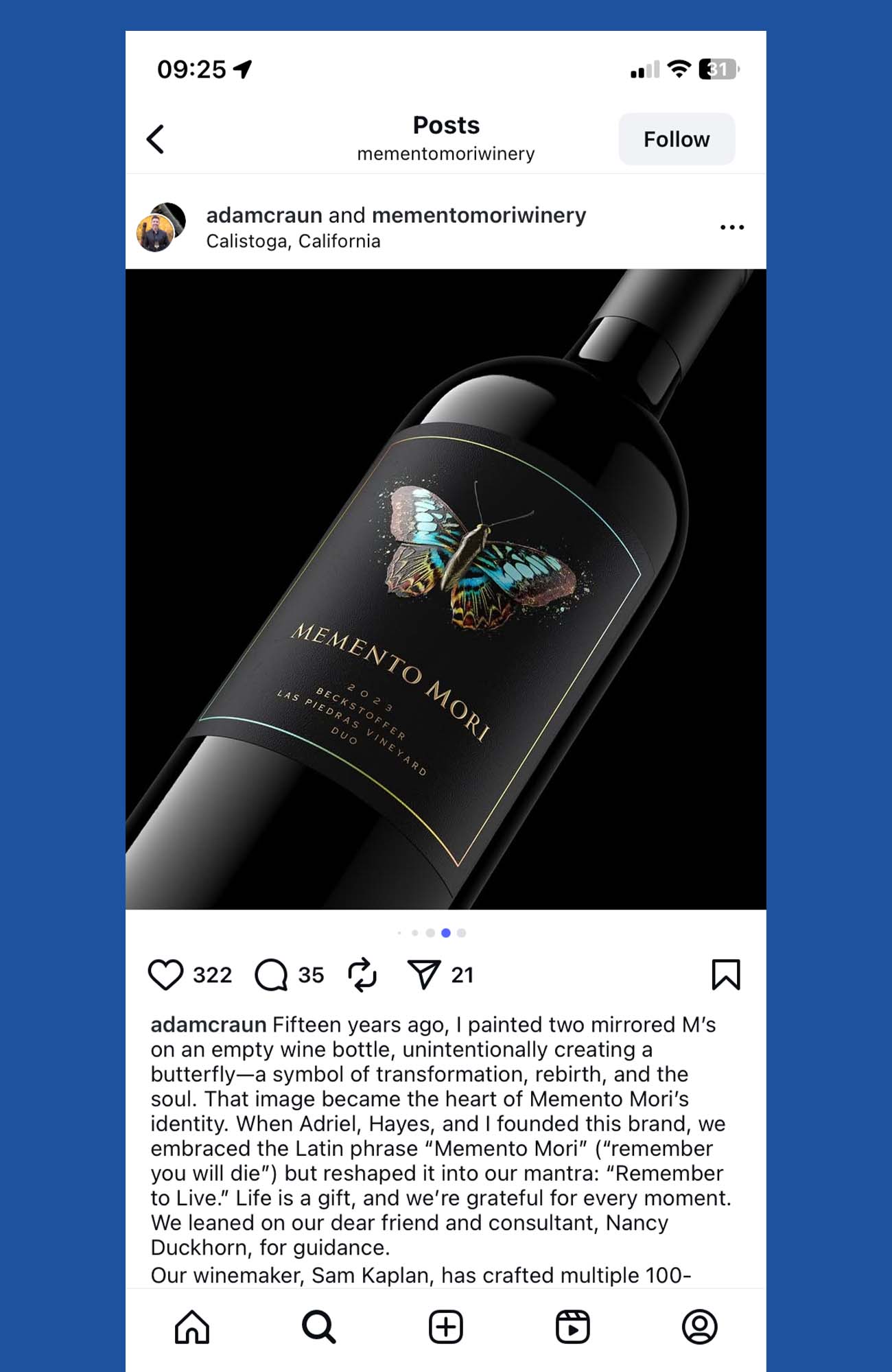
2. Diversify sales channels with marketplaces
Why marketplaces matter
Marketplaces like Vivino or Total Wine function as specialized search engines for wine enthusiasts. With millions of users actively exploring and buying, these platforms can exponentially broaden your reach without a heavy footprint.
Key benefits
- Personalized discovery: Algorithms recommend your wines to users whose taste profiles align with your varietals.
- Global access: List your wines for shoppers thousands of miles away: no need for local distribution.
- Optimized listings: Partners like WineDirect handle descriptions, pricing, and imagery to maximize visibility and conversions.
Action steps
- Audit your current marketplace presence. Ensure product pages have professional photography, detailed tasting notes, and clear pricing.
- Partner with a fulfillment provider or DTC specialist to streamline inventory, shipping, and compliance.
- Monitor performance metrics (views, conversion rate, average order value) and refine listings monthly.
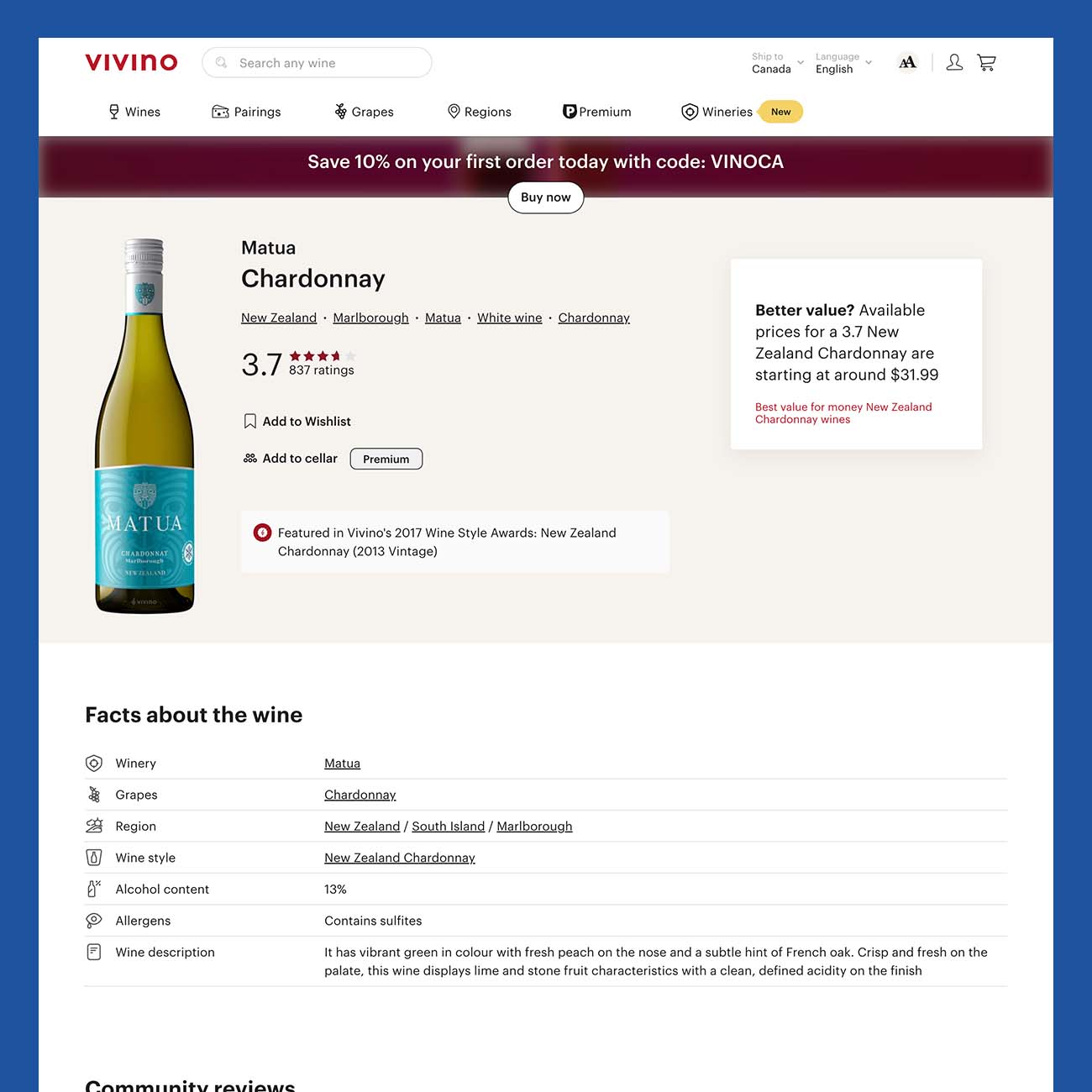
3. Leverage automation for personalized engagement
Automation isn’t robotic
Thoughtfully designed workflows can scale personal touches, deepen relationships, and boost revenue...without sacrificing authenticity.
High-impact automations
Abandoned cart sequences
- Triggered within hours of cart abandonment.
- Include product recommendations, social proof, and a limited-time incentive (e.g., free shipping).
Behavioral triggers
- Use site tracking to detect browsing patterns (e.g., interest in rosé).
- Send targeted promotions (“Our new Provence Rosé is back in stock!”) to that segment.
Direct mail integration
- Automate personalized postcards or tasting-note booklets for high-value customers.
- Link mailers to online experiences (QR codes for virtual tastings).
Getting Started
- Select an email service provider (ESP) with robust automation capabilities.
- Map your customer journey, from first signup to repeat purchase, and identify three key automation opportunities.
- Pilot one new workflow each quarter, measure revenue lift, then expand.
4. Harness storytelling to deepen connections
Why story matters
Consumers buy narratives, not just products. Authentic stories humanize your brand and foster lasting loyalty.
Storytelling tactics
- Behind-the-scenes content: Showcase harvest day, barrel room rituals, or winemaker interviews via blog posts and short video clips.
- Customer-centered narratives: Feature member testimonials—how your wine elevated their celebrations.
- Educational pairings: Create blog or social series (e.g., "5 Wines for Your Autumn Gatherings") that combine recipes and wine tips.

Distribution tips
- Repurpose long-form blog entries into Instagram carousels, Facebook Notes, or email snippets.
- Use evergreen content in welcome sequences to introduce new subscribers to your brand story.
- Measure engagement (time on page, social shares) and double down on high-resonance topics.
5. Integrate Generative AI for efficiency and creativity
AI for content & data
Leverage AI tools to accelerate ideation and personalization, freeing your team to focus on strategic storytelling.
Use cases
- AI-generated drafts: Generate initial blog outlines, email copy variations, and social captions—then refine with your brand voice.
- Chatbots & virtual assistants: Automate FAQ handling, tasting reservations, and personalized wine recommendations on your website.
- Predictive analytics: Identify emerging varietal trends, optimize inventory levels, and inform promotional calendars based on demand forecasts.
Implementation advice
- Start with a single AI use case: e.g., automated caption suggestions for Instagram posts.
- Vet outputs for brand consistency; use AI as a collaborator, not a replacement.
- Monitor performance metrics (engagement rates, time saved) to justify expansion.
Final thoughts
Transforming your winery’s marketing strategy beyond your website requires a balanced blend of foundational excellence and selective experimentation. Begin by optimizing email, website, and paid social. Then expand into marketplaces, design thoughtful automations, craft compelling stories, and harness AI for scale.
Dream big, but build methodically—each new channel and tool should reinforce your brand narrative and drive measurable results. With focus and creativity, even modestly sized wineries can achieve remarkable growth in today’s dynamic wine landscape.
To diversify winery sales beyond your website:
- Optimize foundational channels such as email, website, and paid social for maximum efficiency.
- Expand strategically into marketplaces to reach wider audiences.
- Leverage thoughtful automations to streamline operations and enhance customer engagement.
- Craft compelling brand stories to create emotional connections with your audience.
- Utilize AI tools to scale efforts and uncover new growth opportunities.
- Ensure every channel and tool reinforces your brand narrative and contributes to measurable results.
- Approach growth methodically to unlock remarkable success, even for smaller wineries.

